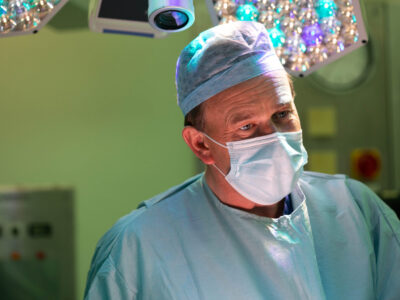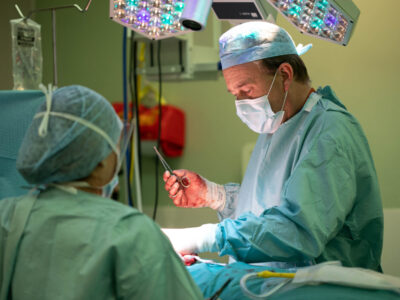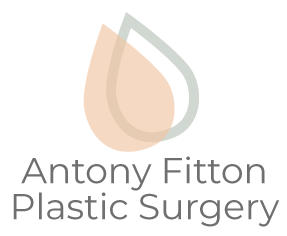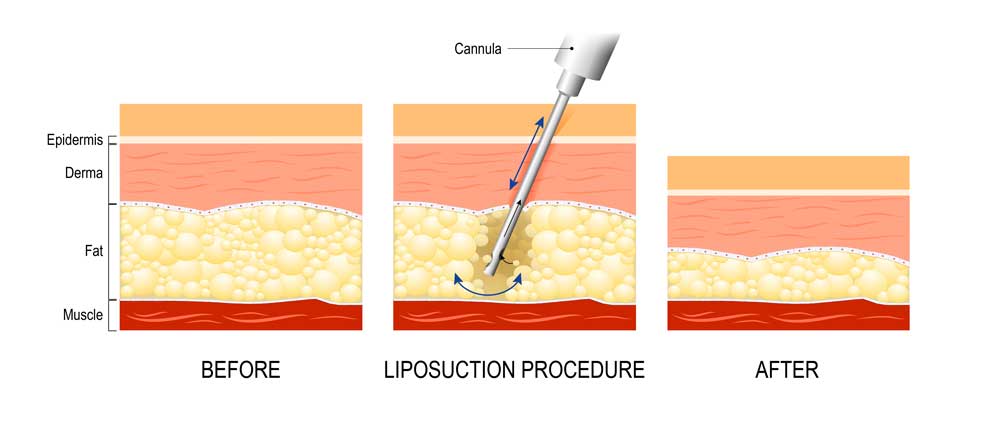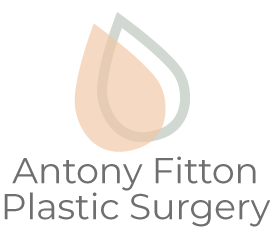email: info@antonyfitton.co.uk
call: 07494 250277
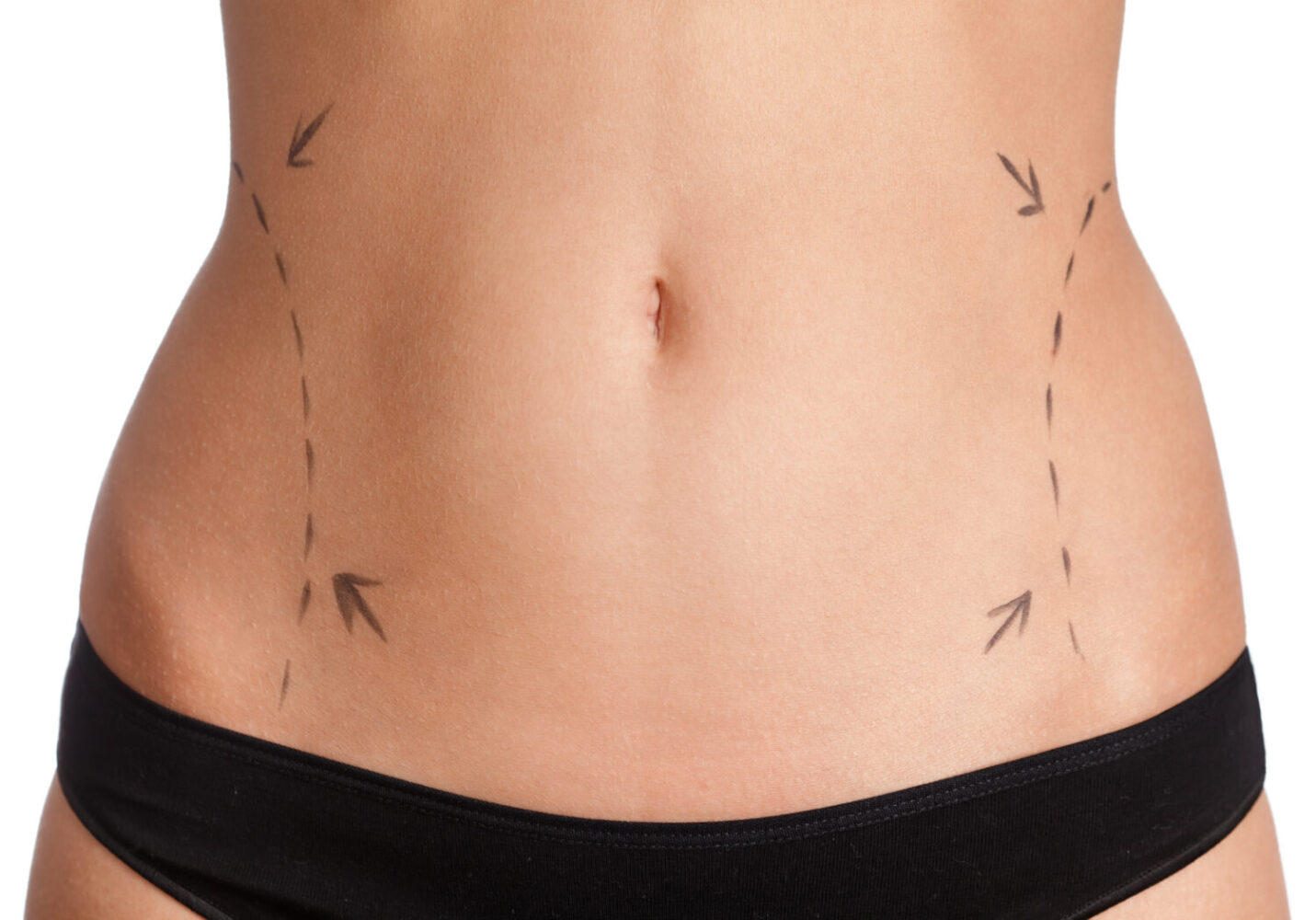
Body Contouring
Body Contouring or Liposuction
Are you unhappy with the size or shape of your body?
Body contouring (or liposuction) is a general term that refers to any surgical procedure that alters different areas of the body, whether it is in a massive weight loss patient or not.
What is body contouring or liposuction?
Suction-assisted lipectomy, or liposuction, is a surgical technique designed to remove body fat from various parts of the body including the face, chin, arms, axilla, abdomen, hips, thighs, knees and ankles.
It is an effective technique in reducing disproportionate areas of fat accumulation thereby helping to recontour the body.
It is especially useful in those individuals who have good skin elasticity.
How is liposuction performed?
In Mr Fitton’s practice, liposuction is usually performed under a general anaesthetic and, depending on the individual’s requirements, takes between one to two hours to complete.
Liposuction is usually performed under general anaesthetic and takes one-two hours.
Using a small specially designed cannula (hollow tube of the diameter of a straw) inserted through small incisions in the skin, fat is gently removed by attaching the cannula to a suction device.
The liposuction procedure is facilitated by using a power-assistance device which improves the efficiency of fat removal. At the beginning of the procedure a mixture of sterile saline and local anaesthetic is injected into the regions to be treated – this is known as a wet or super wet technique.
Recovery from Liposuction
At the end of the procedure, you will be fitted with a tight-fitting garment. This helps to control swelling and bruising as well as providing some comfort.
It is normally advised that you recover overnight in the hospital but this does depend on the extent of the liposuction. Once discharged you should try to mobilise by walking around your home frequently for the first day or so.
As the discomfort and swelling settle you will feel more confident to take longer walks outside. You will be prescribed painkiller tablets.
You should wear the pressure garment for two to three weeks, at which point a follow-up appointment will be arranged. Most of the bruising and swelling should have settled at this stage and you should be fit to return to work.
You may experience some numbness in the skin where the liposuction has been performed, which takes several weeks to fade. You will be able to start strenuous physical exercise in three months.
Risks of Liposuction
As with any operation, there is an exceptionally low risk of infection. Severe cases of infection and skin necrosis are reported.
Irregularity and ridges in the areas treated can occur even when meticulous care is taken at the time of the surgery. By removing the underlying fat, the skin will become lax and saggy. In young patients, this will creep back in a similar way as a pregnant woman’s abdomen shrinks back after birth. However, this is dependent on age and skin type as well as the degree to which the skin has been stretched before the procedure.
In some cases, it may be best to consider combining liposuction with other operations such as an abdominoplasty.
Other severe but very rare complications such as pulmonary and fat embolism and pulmonary oedema have been reported after liposuction. One should balance the risks with the benefits before going ahead with treatment.
Alternative treatments for liposuction
There are, of course, other options: diet and exercise are safer. Liposuction should not replace a healthier lifestyle but it can often be a kick-start to changing your approach to a healthier way of living.
In some situations, liposuction may not be appropriate and operations such as “tummy-tuck” may be a better way of reshaping your body.
i-Lipo is a recently introduced means of combining exercise with a non-invasive, and targeted, fat reduction program.
